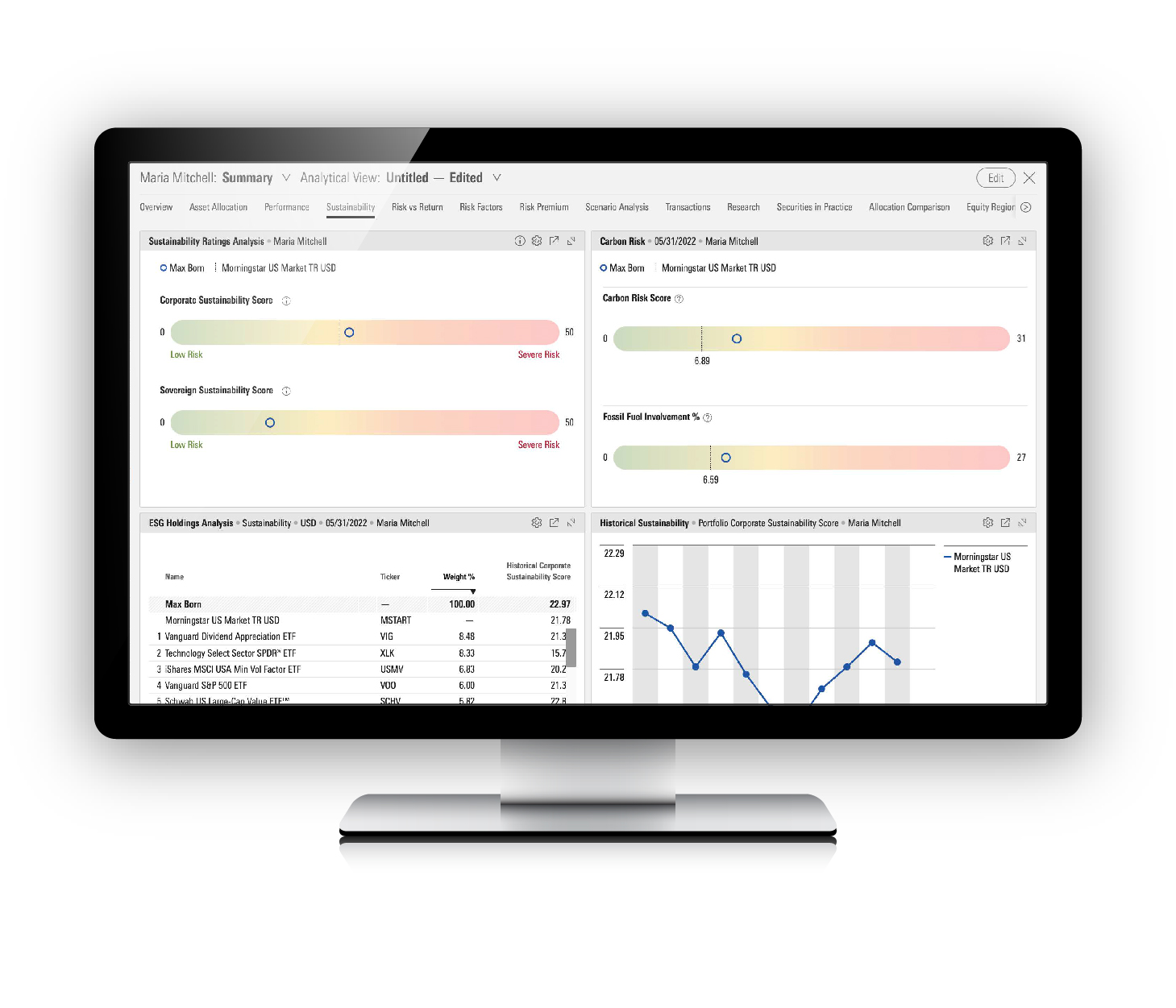SCARCE WATER
About 3.5 billion people experience water scarcity, and 4.8 billion-5.7 billion will by 2050. Over the past century, water use has expanded at more than twice the rate of population growth. At the same time, water is becoming scarcer as pollution, ecosystem damage, and climate change stress the world’s freshwater systems. Investment is needed to reduce water consumption and improve its management.
WATER FUNDS
NO WATER MARKET
Where there are functioning markets, scarcity raises prices. But unlike energy and most commodity markets, the water business is fragmented and controlled by agricultural, municipal, and industrial interests. Because water funds cannot invest in water rights or gain direct exposure to the price of water, they invest in proxies: utility, transportation, and technology companies that they believe are themselves exposed to the price of water.
WATER FUND HOLDINGS
As of August 2022, the 10 most common holdings in the 10 largest U.S.-domiciled water funds include a specialty chemicals company, two water utilities, and five industrial machinery companies. Among them: Ecolab, a food safety company that provides water treatment, purification, and cleaning services; Pentair, which makes swimming pool and spa equipment; and Idex, which makes water meters, precision instrumentation for the life sciences industry, and firefighting equipment.
NEGATIVELY CORRELATED
A Morningstar analysis finds that water funds move in the opposite direction to the price of water (as measured by the Nasdaq Veles California Water Index, the first financial instrument to offer a water price proxy). However, water funds do correlate closely to the broader equity market’s healthcare, industrial, and utilities sectors, reflecting their holdings. The average expense ratio across U.S.-domiciled water funds is 0.76%, according to Morningstar Direct. The average expense ratio across all mutual funds and exchange-traded funds is 0.4%, according to Morningstar.











